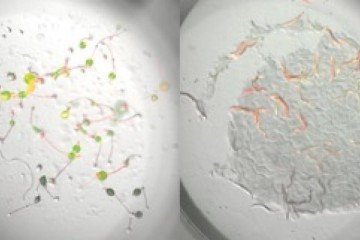CRACK IT Solution
Validating CombiDART in the agrochemical sector

At a glance
In progress
Award date
Contract amount
£50,000
Contractor(s)
R
- Replacement
